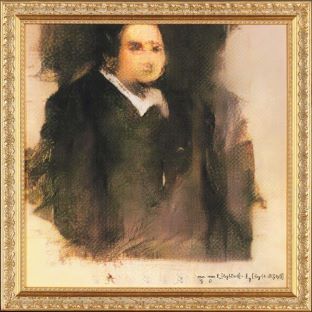The History of A.I.
There are many mechanisms for creating AI art, including procedural 'rule-based' generation of images using mathematical patterns, algorithms which simulate brush strokes and other painted effects, and artificial intelligence or deep learning algorithms such as generative adversarial networks and transformers. One of the first significant AI art systems is AARON, developed by Harold Cohen beginning in the late 1960s. AARON is the most notable example of AI art in the era of GOFAI programming because of its use of a symbolic rule-based approach to generate technical images. Cohen developed AARON with the goal of being able to code the act of drawing. In its primitive form, AARON created simple black and white drawings. Cohen would later finish the drawings by painting them. Throughout the years, he also began to develop a way for AARON to also paint. Cohen designed AARON to paint using special brushes and dyes that were chosen by the program itself without mediation from Cohen.
Portrait of Edmond de Belamy

The first-ever work original work of art created using artificial intelligence to come to auction, Portrait of Edmond de Belamy (2018), smashed expectations at Christie’s New York this morning when it was hammered down for $350,000 after a lively bidding war that lasted for more than six minutes. The final price, with premium, was $432,500—a whopping 4,320 percent increase from the presale high estimate of $10,000. Intense competition from bidders over the phone, in the room, and online swiftly drove the work over its $7,000 to $10,000 estimate. The action only began to slow after the price exceeded $200,000. An anonymous phone bidder won the lot after a battle between two phone bidders, an online participant in France, and one man in the room.